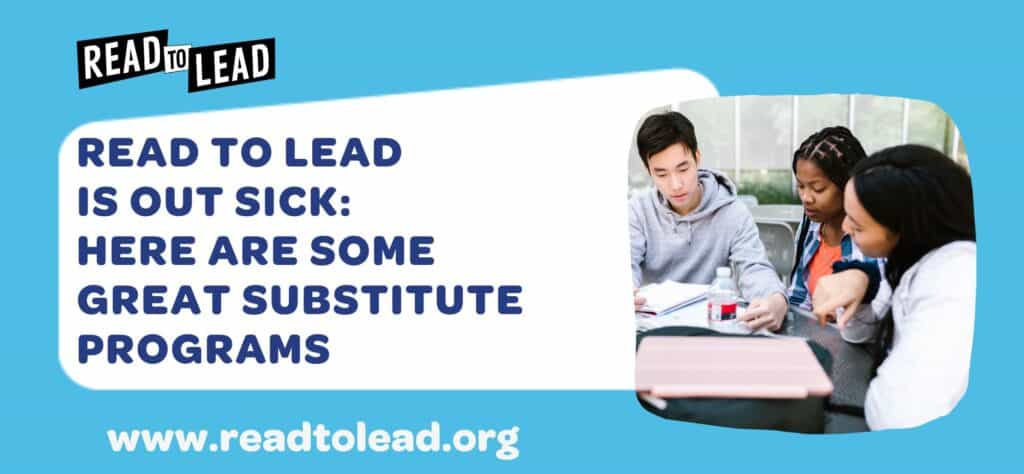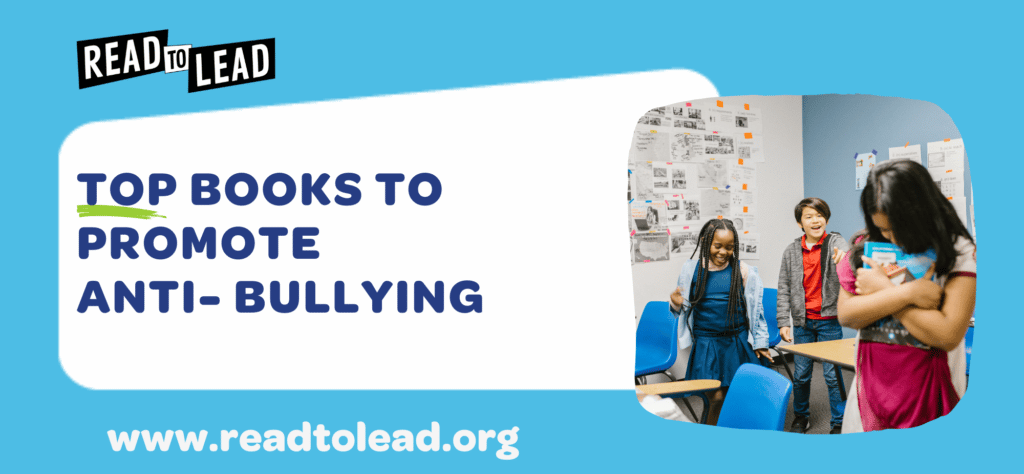
You’ve heard school administrators talk about it, seen it pop up in the education forums you follow, and watched it trend on Twitter – but what’s the deal with project-based Learning?
More commonly known as PBL, project-based learning has become all the rage in the education sphere these days. We’re here to break down what it’s all about, and why you should try it in your own middle school classroom!
First, the basics… what is Project-Based Learning?
Compared to the traditional teacher-centered style of education, PBL puts students at the center of their own learning. Say goodbye to standing at the front of the classroom, lecturing semi-comatose students, and say hello to independent, engaged learners with PBL.
Students are presented with real-world problems to solve in the form of a long-term project. In their investigation and research to produce creative solutions, they discover concepts and learn content in an authentic and meaningful way. Through this process of engaged discovery and learning, students not only develop content knowledge but also skills such as critical thinking, collaboration, negotiation, and more.
You may be thinking – it all sounds great in theory, but does it really have a significant impact on middle school students? The short answer is – YES!
Want to know why? Let’s get into it.
1. Boost Real-World Application
How many times have you heard students say “But when will I ever use this again in life?” Yep, middle schoolers can be dramatic, but they also have a point in asking this very pertinent question.
Oftentimes, students find it difficult to connect abstract concepts and in-depth knowledge to their daily lives. This leaves them feeling like what they’re learning is irrelevant or useless, and this can negatively impact their motivation and engagement.
PBL is a great way to bridge the gap between abstract and actual, and demonstrate the real-world application of what students are learning in school. Perhaps the cell structure of a virus seems like abstract information to students, but when taken in the context of a real-world problem like the prevention of the spread of COVID-19 in schools, the information becomes infinitely more relevant and applicable.
2. Develop Social and Emotional Learning Skills
Middle school is a critical time in the development of Social and Emotional Learning (SEL) skills. But how do you help students develop the five core competencies – self-awareness, self-management, social awareness, relationship skills, and responsible decision-making – especially when they can’t always interact with each other in real life (thanks COVID-19)?
Enter: PBL!
Every stage of the PBL process lends itself to helping students cultivate SEL skills. In the planning stage, they have to engage in responsible decision-making and social awareness. They learn relationship skills and self-management through interacting with each other and working collaboratively in groups for the duration of the project. PBL also lends itself easily to virtual classrooms, which is a huge plus in current times.
3. Increase Student Agency and Engagement
If you think about it, students don’t have a lot of agency in their lives. At home, their parents are in-charge. In school, it’s us teachers. It’s no wonder that students often feel they have no say in many aspects of their lives. That’s where PBL comes in to increase student agency, and elevate engagement.
In PBL, students are given free rein to approach the main problem or question in a way that makes sense to them, and showcase their ideas in the best format for them. For example, in tackling the question “How does the media influence what we perceive to be real?”, some students might create a video documentary highlighting the problems and solutions. Others may conduct a focus group with peers and experts and create a presentation, and a select few may research extensively and write a paper explaining their ideas.
By giving students the opportunity to take charge of their own learning through PBL, we help create empowered and engaged students, even within the virtual or hybrid classroom.
Ready to bring PBL to life in your class?
There’s no doubt that PBL offers a world of benefits to your students. But we get it – introducing something new into your classroom can feel intimidating.
That’s where Read to Lead comes in.
Each Read to Lead game comes with a PBL experience or enrichment project that you can easily add on to deepen learning! For example, in the game Vital Signs: Act Up, students learn about a power plant that is polluting a neighborhood and making residents ill. The accompanying PBL experience focuses on creating a Public Service Announcement about an issue in their own community.
To discover more, simply log into your free Read to Lead account, choose a learning game, and discover the enrichment project tied to the game by clicking on the Enrichment tab!
Introducing PBL into your classroom doesn’t have to be hard. Get started with Read to Lead by signing up with a free account!!
About Read to Lead
Read to Lead uses the power of game-based learning to empower middle school students to build literacy, life, and career skills. Teachers can sign up for a free account to get started!


